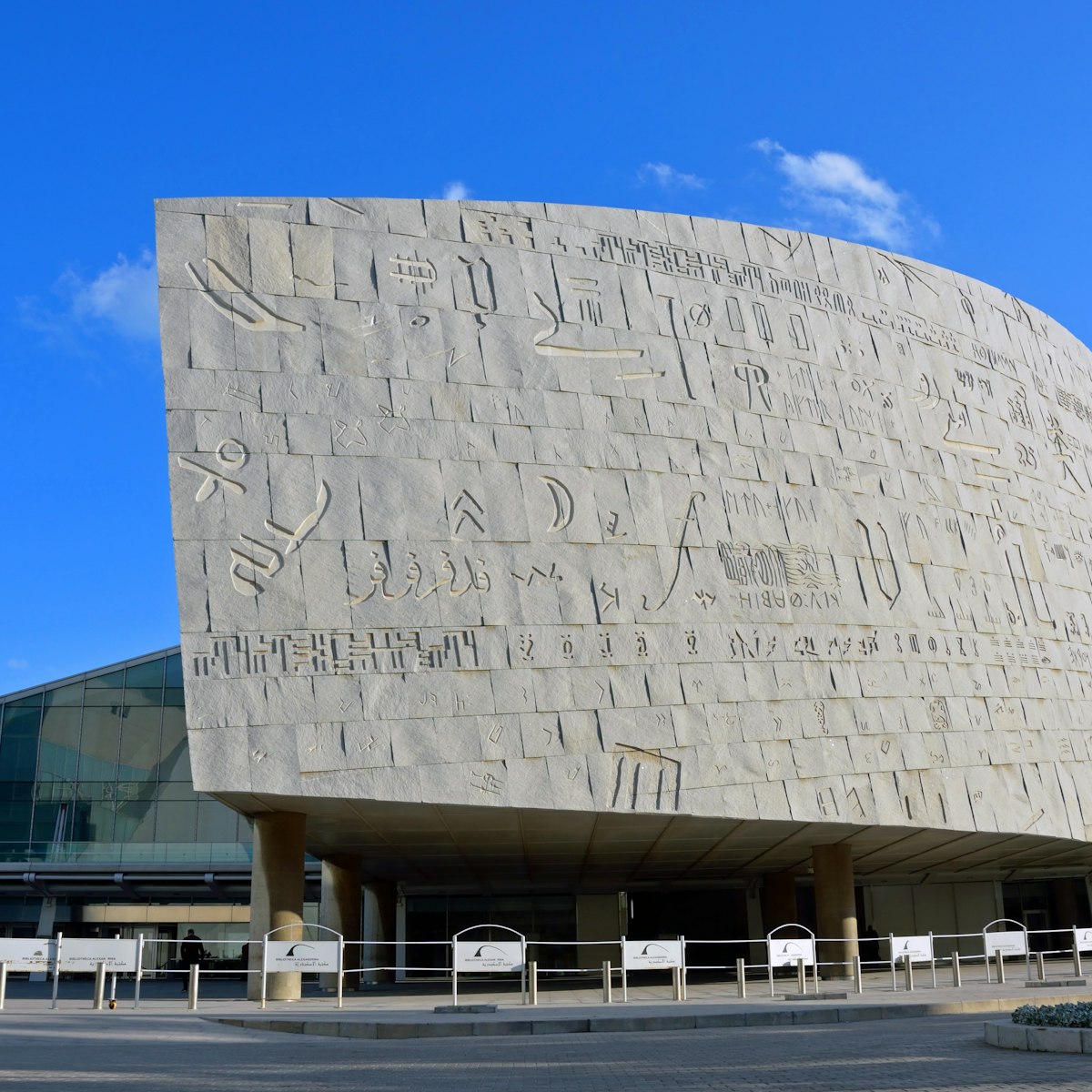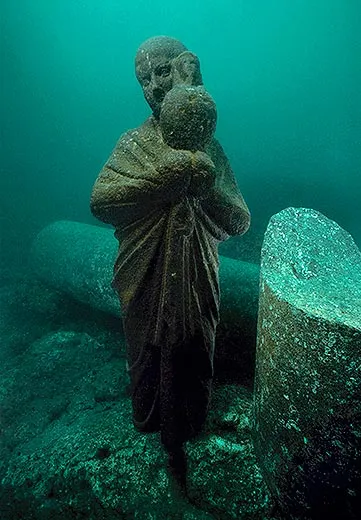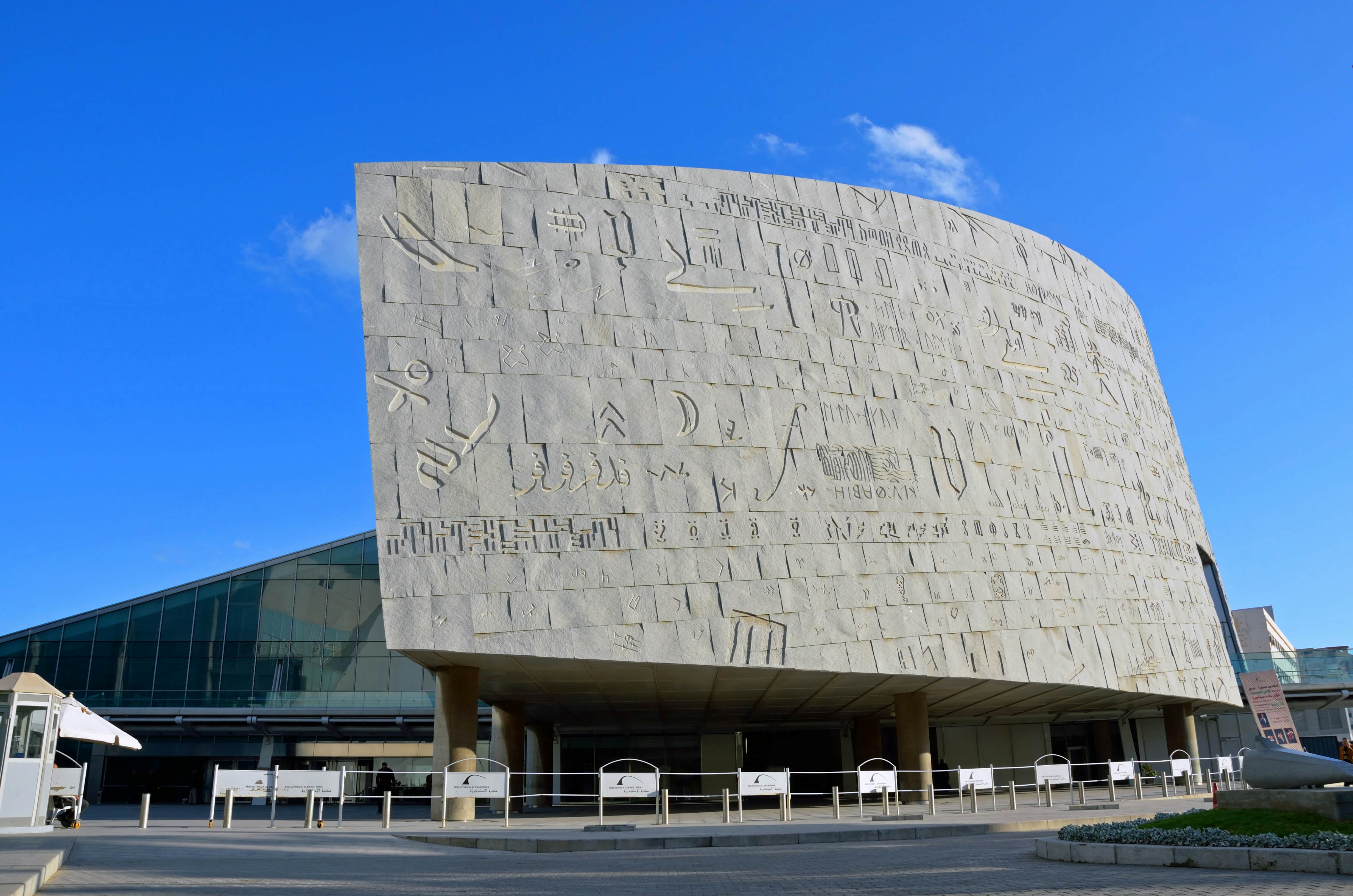Explore Cleopatra's City: Must-See Alexandria Museum Exhibits

Overview of Cleopatra's City and the significance of Alexandria Museum exhibits
Cleopatra's City, also known as Alexandria, was a magnificent ancient city located on the Mediterranean coast of Egypt. It was founded by Alexander the Great in 331 BC and became a thriving centre of trade, knowledge, and culture. The city was home to the famous Great Library of Alexandria, which housed a vast collection of books and manuscripts from all over the known world.
One of the most important and significant attractions of Cleopatra's City is the Alexandria Museum, which is an exquisite showcase of the city's rich history and heritage. The museum is home to numerous artefacts and exhibits that are a testament to the greatness of the ancient city and its impressive civilization.
The exhibits in the Alexandria Museum offer a unique opportunity to delve into the history of Cleopatra's City and gain a deeper understanding of the ancient world. Some of the notable exhibits include:
-
The Rosetta Stone: This famous stone slab was discovered in Rosetta in 1799 and played a pivotal role in deciphering Egyptian hieroglyphics. It is one of the most important artefacts in the museum and offers a glimpse into the ancient Egyptian writing system.
-
Cleopatra's Palace: The museum features a replica of Cleopatra's Palace, giving visitors a chance to envision the opulent lifestyle of the last pharaoh of Egypt. The palace was known for its grandeur and served as the political and cultural heart of the city during Cleopatra's reign.
-
Ancient artefacts: The museum houses a vast collection of ancient artefacts, including pottery, jewellery, statues, and tools. These artefacts provide insights into the daily life, customs, and religious practices of the people who once inhabited Cleopatra's City.
The exhibits in the Alexandria Museum not only showcase the splendour of Cleopatra's City but also shed light on the historical events and civilizations that shaped the region. It is a must-visit destination for history enthusiasts and anyone hoping to gain a deeper appreciation for the ancient world.
Visiting the Alexandria Museum is like stepping back in time and immersing yourself in the grandeur and magnificence of Cleopatra's City. It is an experience that will leave you in awe of the rich history and cultural significance of this ancient civilization. So, make sure to add it to your bucket list when visiting Egypt!

The Royal Jewellery Collection
Exquisite jewellery pieces from Cleopatra's era
In the heart of Alexandria Museum lies a mesmerizing collection of royal jewellery that once adorned the powerful rulers of Cleopatra's City. These magnificent pieces offer a glimpse into the opulent lifestyle of the ancient Egyptians and showcase their exceptional craftsmanship. The jewellery collection is a testament to the wealth and grandeur that the rulers of Cleopatra's era possessed.
The royal jewellery collection features a wide array of precious materials, including gold, gemstones, and intricate designs that reflect the artistic excellence of the time. Each piece tells a story and carries the legacy of the bygone era. From elaborate necklaces to stunning earrings, every item in the collection exudes elegance and luxury.
The famous Cleopatra's Serpent Bracelet and other remarkable treasures
Among the highlights of the collection is the famed Cleopatra's Serpent Bracelet. This iconic piece was a symbol of power and was said to have been worn by Cleopatra herself. The bracelet is exquisitely crafted with gold and adorned with precious gemstones, depicting entwined serpents, a symbol of eternal life and protection.
Aside from Cleopatra's Serpent Bracelet, the royal jewellery collection features other remarkable treasures. Visitors can admire intricately designed rings, stunning tiaras, and even ceremonial crowns that were worn during important events and celebrations. Each piece reflects the sophistication and majesty of the ancient rulers.
The Alexandria Museum's royal jewellery collection offers visitors a unique opportunity to appreciate the rich history and cultural heritage of Cleopatra's City. Exploring these exquisite pieces will transport you back in time to an era of lavish beauty and untold riches. So, don't miss the chance to witness the magnificence of the royal jewellery collection when you visit the Alexandria Museum.

The Solar Boat of Khufu
Unveiling the ancient Egyptian Pharaoh's ceremonial boat
Welcome to the Alexandria Museum, where you can delve into the fascinating history of ancient Egypt. Among the captivating exhibits, one that truly stands out is the remarkable Solar Boat of Khufu. This ceremonial boat, discovered near the Great Pyramid of Giza, offers a rare glimpse into the world of the pharaohs and their extravagant rituals.
The Solar Boat of Khufu is an exquisite example of ancient Egyptian craftsmanship and engineering. Built during the 26th century BCE, it was meticulously constructed using cedar wood from Lebanon and assembled with astonishing precision. Originally designed for the afterlife, the boat was intended to assist Pharaoh Khufu, also known as Cheops, in his journey to the sun god Ra.
Insights into ancient maritime technology and craftsmanship
As you explore the Solar Boat of Khufu, you will gain valuable insights into the advanced maritime technology and craftsmanship of the ancient Egyptians. The intricate carvings and detailed paintings on the boat's surface depict scenes from Khufu's voyage to the sun god's realm. The boat's design showcases the ancient Egyptians' understanding of hydrodynamics, with its streamlined shape and small rudder for steering.
The Solar Boat of Khufu is a true testament to the mastery and ingenuity of ancient Egyptian shipbuilders. It highlights their expertise in woodworking, rope making, and sail making. This extraordinary artefact sheds light on the advanced capabilities of the Egyptians in both navigation and construction, illuminating a new perspective on ancient seafaring.
When you visit the Alexandria Museum, don't miss the extraordinary opportunity to marvel at the magnificent Solar Boat of Khufu. Let its grandeur transport you back in time to the era of the pharaohs and marvel at the remarkable achievements of the ancient Egyptian civilization.

The Rosetta Stone
The key to deciphering Egyptian hieroglyphics
Welcome to the Alexandria Museum, where you can embark on a journey through the fascinating history of ancient Egypt. Among the exceptional exhibits, one that truly captivates visitors is the renowned Rosetta Stone. This ancient artefact, discovered in 1799, played a crucial role in decoding Egyptian hieroglyphics and unlocking the secrets of a lost civilization.
The Rosetta Stone is a remarkable slab of black basalt, inscribed with a decree issued in 196 BCE by Pharaoh Ptolemy V. What makes this artefact unique is that the decree is written in three different scripts: ancient Egyptian hieroglyphs, Demotic script, and Ancient Greek. This valuable discovery became the key that finally allowed scholars to decipher the meaning behind Egyptian hieroglyphics, a writing system that had been a mystery for centuries.
Importance of the Rosetta Stone in unlocking ancient history
The significance of the Rosetta Stone cannot be overstated. Its discovery revolutionized the study of ancient Egypt and opened a window into its rich culture and traditions. By comparing the Greek text on the stone to known languages, scholars were able to decipher the phonetic value of many hieroglyphic signs. This breakthrough led to a greater understanding of ancient Egyptian texts and provided insights into their religion, customs, and daily life.
Thanks to the Rosetta Stone, we can now read ancient Egyptian inscriptions on temples, tombs, and monuments, allowing us to learn more about the pharaohs, the gods they worshipped, and the historical events that shaped their civilization. It has paved the way for deciphering countless other ancient inscriptions and has helped piece together the intricate puzzle of the past.
A visit to the Alexandria Museum is not complete without marvelling at the Rosetta Stone and appreciating its incredible significance in unravelling the mysteries of ancient Egypt. Allow yourself to be transported back in time as you witness the stone that forever changed our understanding of this captivating ancient civilization.

The Catacombs of Kom El Shoqafa
Exploring the underground burial complex of Alexandria
Welcome to the Catacombs of Kom El Shoqafa, an astonishing underground necropolis that provides a glimpse into the fascinating world of ancient Alexandria. As you descend into this subterranean wonder, you will uncover a labyrinth of intricately carved chambers, tunnels, and tombs, each with its own story to tell.
The Catacombs of Kom El Shoqafa date back to the 2nd century AD and represent a unique blend of Egyptian, Greek, and Roman influences. This burial site served as the final resting place for wealthy Alexandrians, showcasing the cosmopolitan nature of the city during that era. The catacombs were rediscovered in 1900, leading to extensive excavations and the unearthing of a treasure trove of ancient artefacts.
Intricate carvings, Roman influence, and cultural significance
One of the highlights of the catacombs is the stunning combination of artistic styles found in the carvings and reliefs. Here, you will witness a fusion of Egyptian motifs, such as depictions of the god Anubis and the Eye of Horus, with Greek and Roman elements. This unique blend showcases the rich cultural exchange that took place in Alexandria and highlights its position as a melting pot of civilizations.
A visit to the Catacombs of Kom El Shoqafa offers a unique opportunity to immerse yourself in the history and funerary traditions of ancient Alexandria. As you explore the underground chambers, marvel at the intricately carved sarcophagi and the elaborate decorations that adorned the final resting places of the deceased.
Comparisons table:
| Rosetta Stone | Catacombs of Kom El Shoqafa |
|---|---|
| Deciphered hieroglyphics | Showcases cosmopolitan nature of Alexandria |
| Key to unlocking ancient history | Blend of Egyptian, Greek, and Roman influences |
| Provides insights into ancient Egyptian culture | Unique fusion of artistic styles |
The Catacombs of Kom El Shoqafa offer an immersive journey into the ancient past of Alexandria. It provides a glimpse into the city's diverse cultural heritage, showcasing the influence of multiple civilizations. Witness the intricate carvings, pay homage to the final resting places of the deceased, and reflect on the cosmopolitan nature of this historic city. Join us on this remarkable adventure and let the Catacombs of Kom El Shoqafa transport you to a bygone era.

The Tomb of Cleopatra
Myth and mystery surrounding the final resting place of Cleopatra
Welcome to the fascinating world of the Tomb of Cleopatra, where myth meets mystery and history intertwines with intrigue. The final resting place of the legendary Queen of Egypt has long been shrouded in secrecy, captivating the imaginations of historians, archaeologists, and adventure seekers alike. Join us as we delve into the enigmatic story surrounding Cleopatra's tomb and explore the ongoing quest to unravel its secrets.
Legend has it that Cleopatra, the last pharaoh of Egypt, was buried alongside her lover, Mark Antony, in a grand tomb. However, the exact location of this tomb remains unknown, leaving historians and archaeologists to speculate and search for clues. Many theories and rumours abound, ranging from hidden chambers beneath the Temple of Taposiris Magna to secret tunnels beneath Alexandria.
Historical context and ongoing archaeological research
Cleopatra's reign marked a significant era in Egyptian history, characterized by political alliances, cultural exchanges, and a fascinating blend of Egyptian and Greco-Roman traditions. As both a powerful ruler and a renowned beauty, Cleopatra captured the attention of the ancient world and left a lasting legacy.
Archaeological research and excavations in Egypt have unearthed numerous artefacts related to Cleopatra's time, offering glimpses into the opulence and grandeur of her reign. However, the search for her tomb continues, fueled by the desire to uncover the final resting place of this iconic figure.
Comparisons table:
| Rosetta Stone | Catacombs of Kom El Shoqafa | Tomb of Cleopatra |
|---|---|---|
| Deciphered hieroglyphics | Showcases cosmopolitan nature of Alexandria | Enigmatic final resting place |
| Key to unlocking ancient history | Blend of Egyptian, Greek, and Roman influences | Continued search for answers |
| Provides insights into ancient Egyptian culture | Unique fusion of artistic styles | Mysterious legacy of Cleopatra |
Step into the world of Cleopatra, where the beauty of ancient Egypt merges with the allure of mystery. Join us on this journey as we explore the legends, unravel the historical context, and follow the ongoing archaeological research in the pursuit of finding Cleopatra's final resting place. Discover the enigma behind the Tomb of Cleopatra and let your imagination roam through the mysteries of the ancient world.
